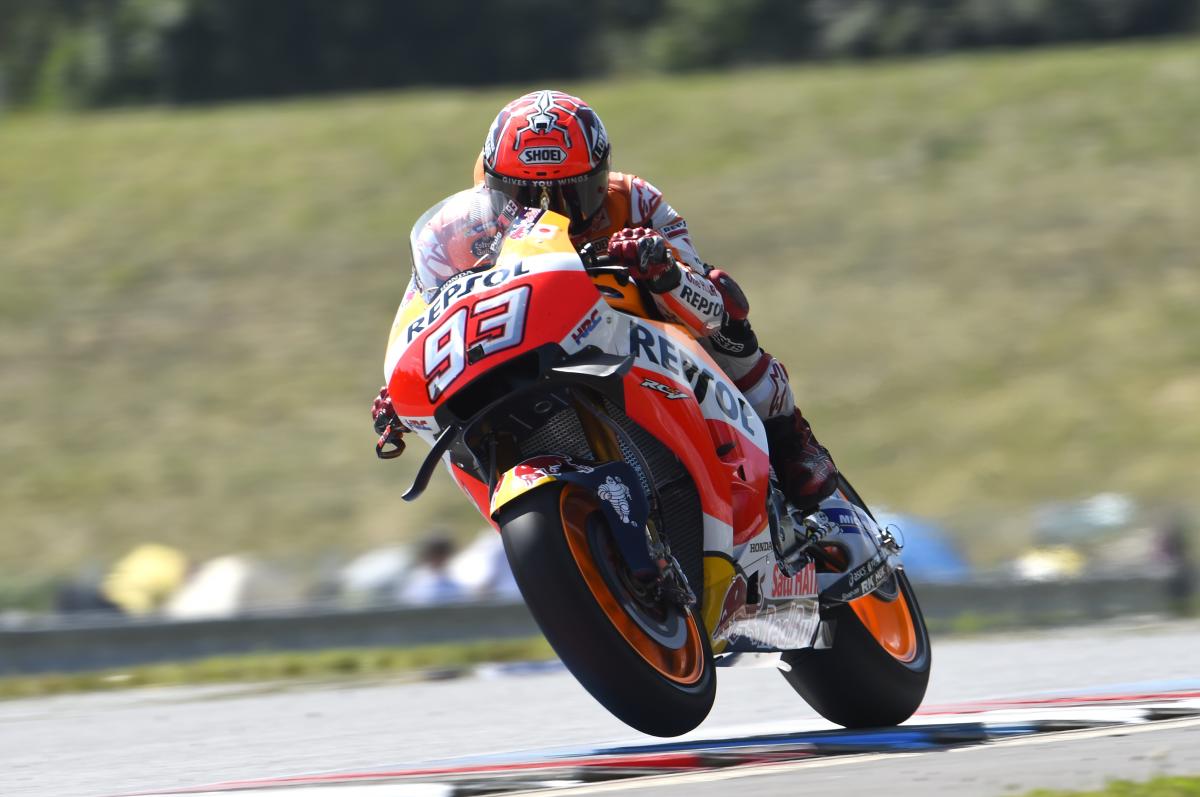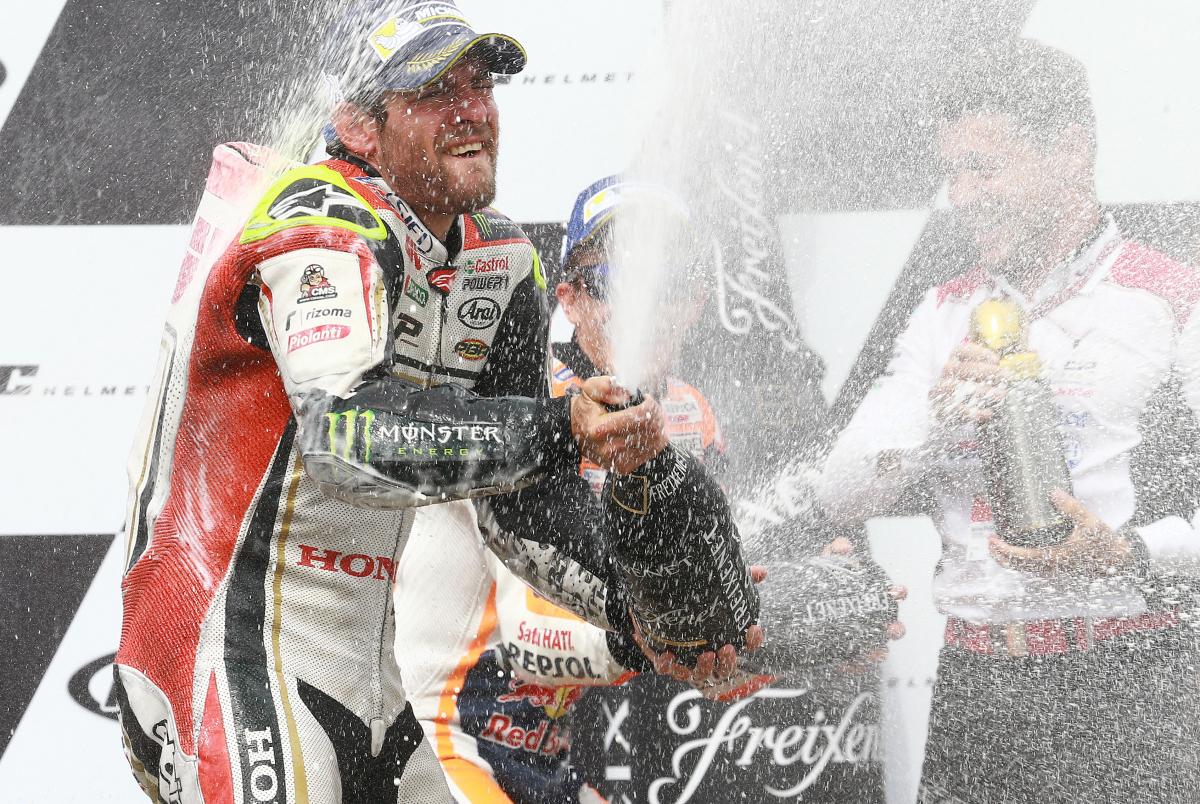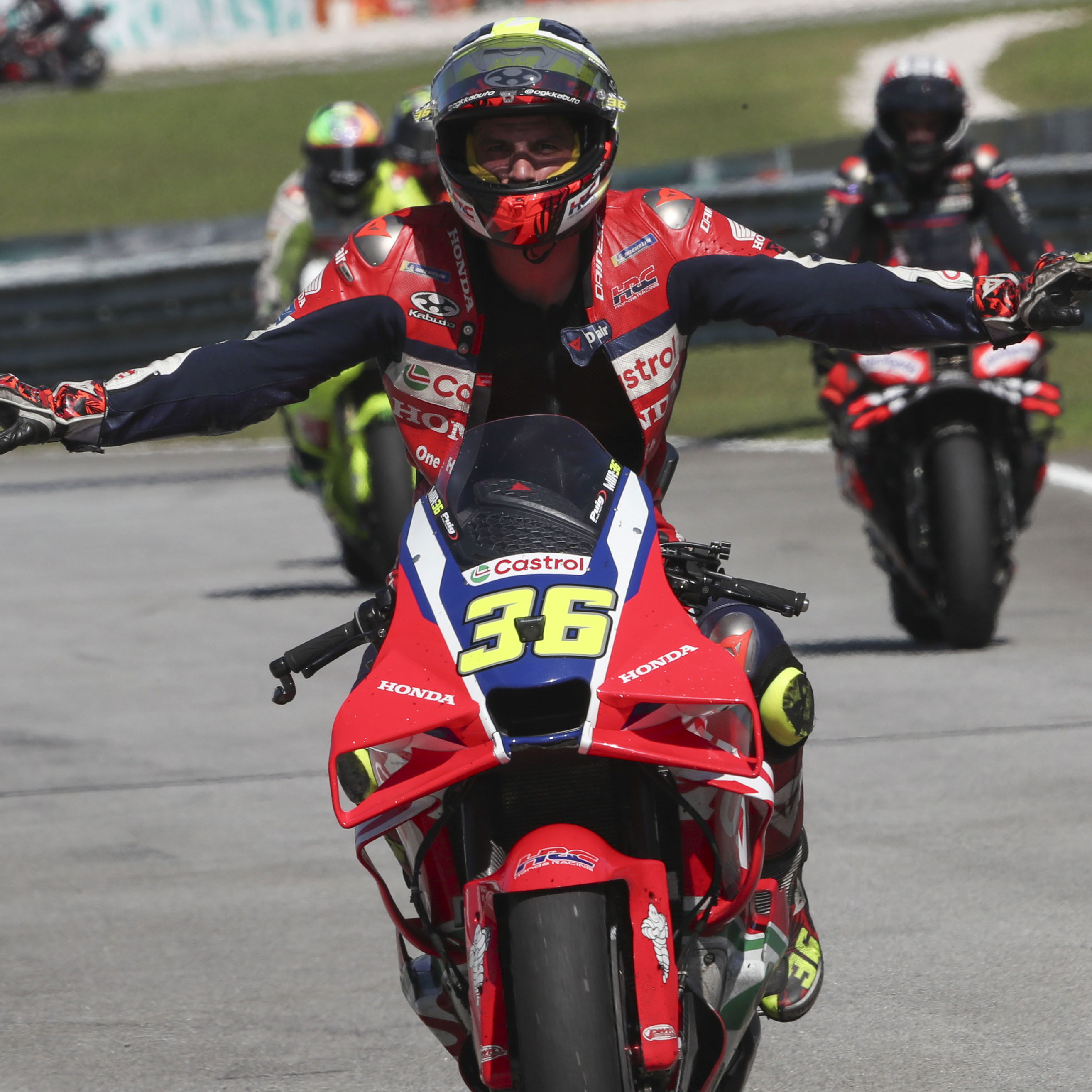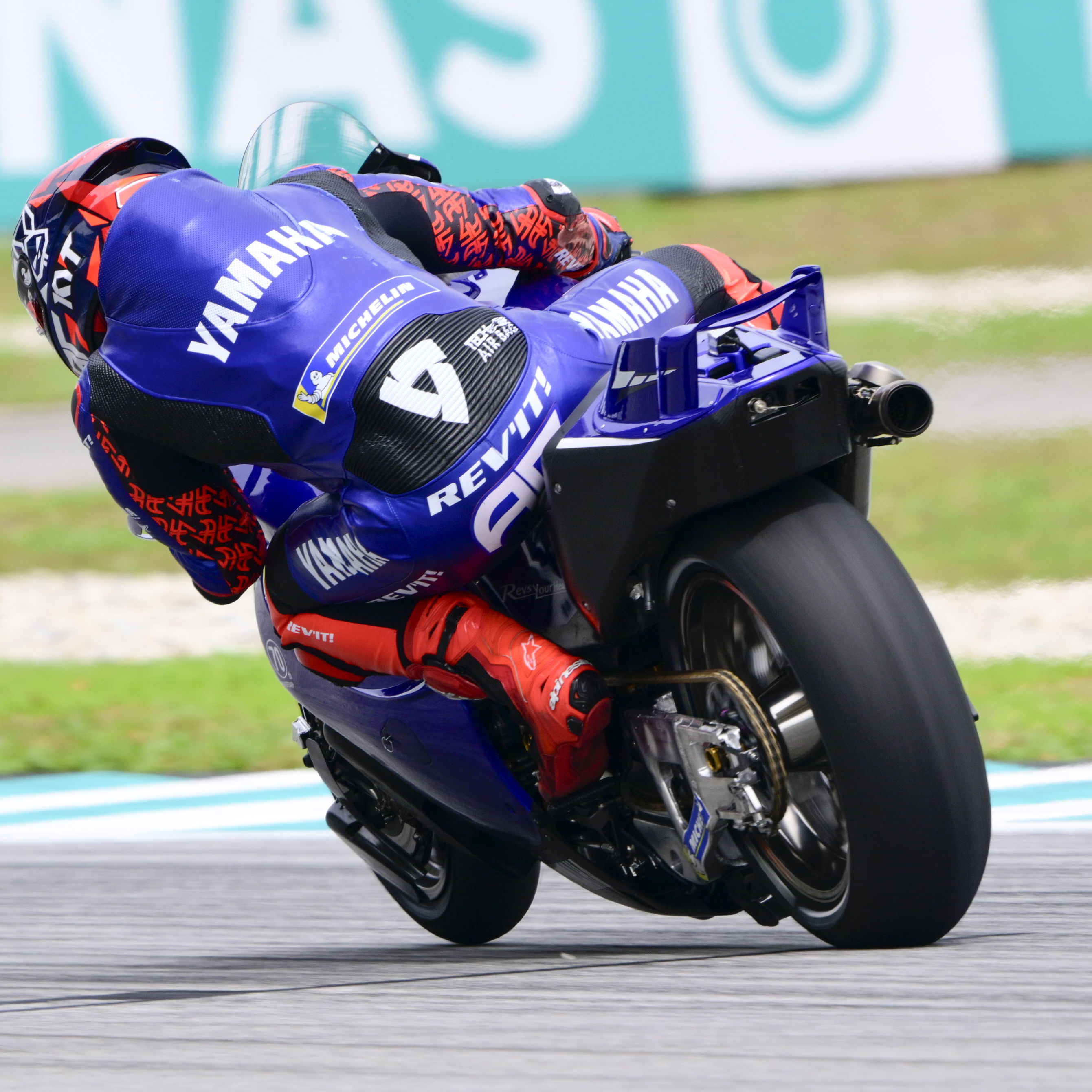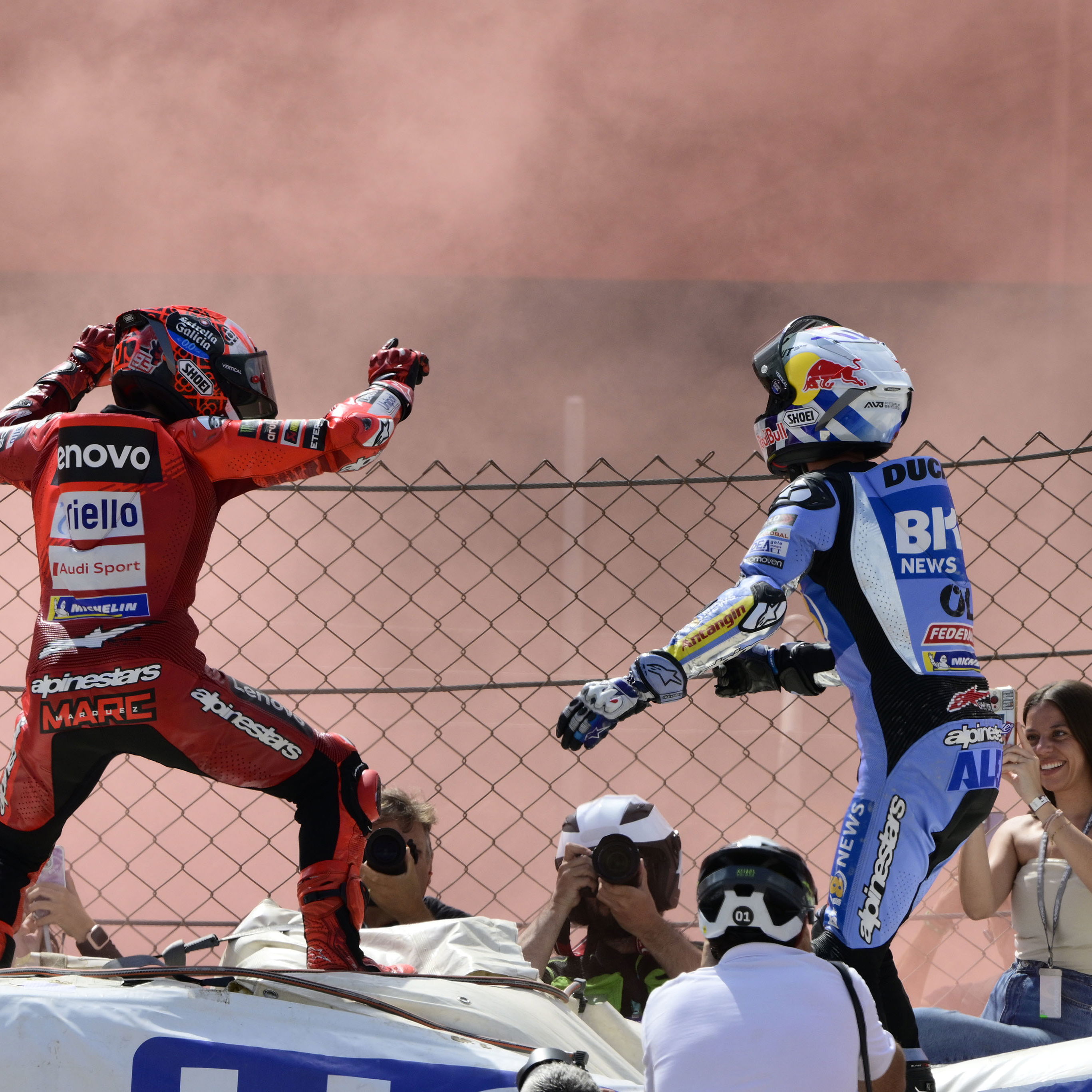MotoGP Czech Republic: Lorenzo explains adaption to Michelin wets

From three wet MotoGP races in 2016, Jorge Lorenzo's result card makes for troubling reading: tenth, 15th, 17th. Quite a way off championship form, but surprisingly it was the last of those results - the 17th at Brno on Sunday - that shows a degree of progress.
Lorenzo was at a loss to find any feeling from Michelin's wet weather front tyre at both Assen and the Sachsenring. Speaking after the German Grand Prix, the Majorcan's team manager Wilco Zeelenberg explained how the French rubber differed from Bridgestone's rain tyres.
"It's clear he's missing a lot of feel, especially with the Michelin rain front," said the Dutchman. "That was already a problem in Assen and it continued to be a problem here. The Bridgestone front [wet] always had a lot of wear, so he had a lot of feeling and could find the limit.
"This tyre is very soft. Even now we had the extra soft tyre and Jorge didn't really destroy it. There is a lot of movement but there is no wear so the tyre really grips to the track. This is the feeling he is searching for but the Michelin is not so good at this."
"It's difficult to explain, also for him," added Zeelenberg. But there were signs in the Czech Republic that Lorenzo had begun to understand the limits of the front rubber, and the set-up needed to extract the maximum from it, even though he eventually he pushed it too hard, rather than too little.
In terms of lap time, Lorenzo matched team-mate and wet weather specialist Valentino Rossi's best lap in Sunday's race aboard the soft front-hard rear combination - a far cry from Germany, where he was over a second slower than the leaders in the full-wet conditions.
After posting the fastest time at the post race test on Monday, Lorenzo spoke of using the wet front again in the future, and his hopes to further understand the degree at which you can and cannot push, to ensure he has control over both speed and degradation. "Maybe I'll make another step and we'll see what happens," he said.
"Well it looks like this front tyre is very soft, but didn't consume very much no. While the Bridgestone was harder, the consumption was much, much more. So it looks like because of the construction and softness of the tyre you always have this feeling that the tyre is very soft and is moving and is at the limit.
"So you have to get used a little bit to this limit, to trust that you are not going to crash and brake harder to stop more the bike. So probably my problem in Assen and Sachsenring, or one of the problems, was the setting, because I had too much weight on the front. On the rear it was like on the dry setting.
"But also the front was already moving so I didn't trust to push more with the brake. Now I start pushing a little bit more, the front is moving a lot but for the moment you don't crash no? So maybe next time I will make another step and we'll see what happens."
Like many riders - Valentino Rossi and Andrea Dovizioso among them -, Lorenzo chose the softer front compound for the 22-lap race after finding the tyre to be "like new" after a run of several laps in the colder, wetter morning warm-up.
After a slow start to the race, he soon picked up speed and position. On lap 14 he lowered his lap time into the 2m 8s, only to suffer immediate consequences, with his front tyre chunking, and forcing him to pit.
Although Scott Redding and Andrea Iannone encountered similar issues and continued to the finish, Lorenzo felt it was too great a risk, his instinct "telling you to stop."
"Well when you saw that [Loris] Baz [in Sepang testing] and Redding [in Argentina] have this explosion, then when you are on the bike with these kind of tyres and you feel that something is wrong with the tyre... your instinct tell you to stop. Iannone and some other riders, stay on the bike even much slower and finish the race.
"I decided to stop, like Dovizioso for example, also because my bike - I don't know if it was electronically - but when the problem happened on the front tyre, looks likes something was wrong on the engine. So I closed the clutch. I thought it was a problem with the tyre and engine.
"So with two problems I decided to stop. Also it was seven laps to go. If it was only one or two, you take the risk and stay on the bike. But with seven laps to go and it starts breaking and the track was dry I didn't feel safe."
